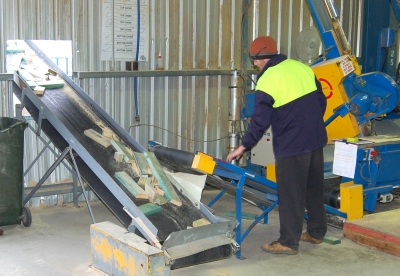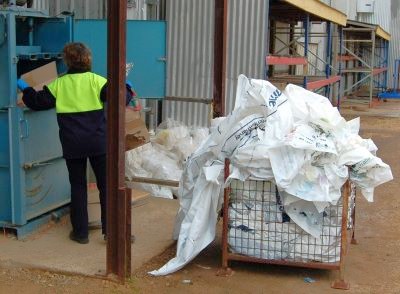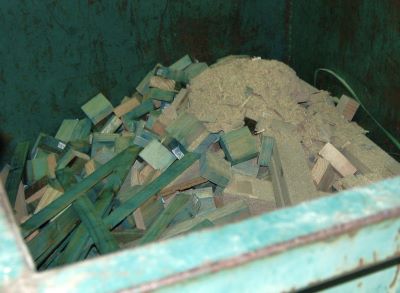Dealing with waste

Proper waste management not only helps to protect the environment, it also makes good economic sense – especially if you apply the 3 Rs before resorting to disposal.
The 3 Rs stand for reduce, reuse, recycle. Once you’ve exhausted these possibilities, then you can make arrangements to dispose of the remaining waste materials.
Reduce

Reducing the level of waste you generate in the first place is the best way to deal with it.
Always try to use raw materials as efficiently as you can, and minimise the amount of reject stock you produce.
Reuse

Reusing waste is another way of minimising the amount that needs to be thrown away.
Ask your suppliers whether products can be delivered in returnable packaging, such as crates, pallets, and containers. Their delivery trucks may be able to pick up these items when they drop off your next order.
Recycle

Recycling companies offer commercial services for many different products, including:
glass
aluminium
steel
plastic
paper and cardboard.
Timber shavings and sawdust are also often collected by composting operations, pet shops, or horse stables.
Disposal

If you’re disposing of waste or storing it on-site while it’s waiting to be picked up, you need to make sure it’s managed correctly.
There will be different requirements for different materials, depending on their make-up. For example, copper chrome arsenate (CCA) treated timber must only be disposed of in designated landfills, approved by the EPA.
If you don’t store waste securely prior to being collected, it may escape, particularly into the storm water system, and your company could face a fine. You must not bury waste on-site either – this constitutes a landfill activity and is illegal unless your company has an EPA waste licence.
Liquid wastes

Don’t put liquid wastes into the waste bin. Materials in the waste bin generally go to landfill, so it should only ever be used for dry solid wastes.
Always drain and clean anything containing leftover fluid before you put it in the bin.
Depending on the type of liquid it is, you can then either:
recycle it on-site
treat it and discharge it if your company has a permit
put it aside for removal by a waste disposal contractor.
Collecting sawdust

Airborne sawdust can be a health hazard as well as an annoyance to neighbours. And if it finds its way into the waterways, it can starve fish of oxygen and also choke out plants.
There are two main ways of managing sawdust:
good housekeeping
collecting the dust as close to its production source as possible.
Connecting equipment to a dust extractor is the easiest way to control dust at its source. Cutting and sanding equipment can be connected to a centralised dust extraction unit via ducting, or individual equipment can have its own extraction system.
You can also control dust build-up by sweeping or vacuuming the area. If you’re going to use high-pressure air to clean down an area, you should first vacuum up the worst of the dust with an extraction hose first to reduce the amount of airborne dust that will be created.